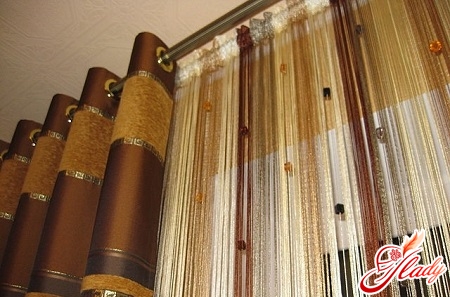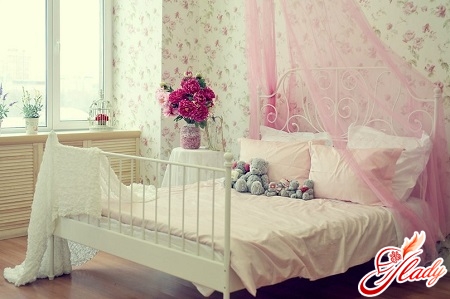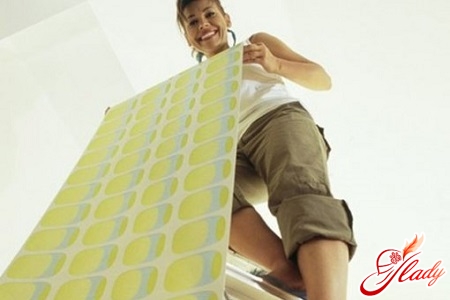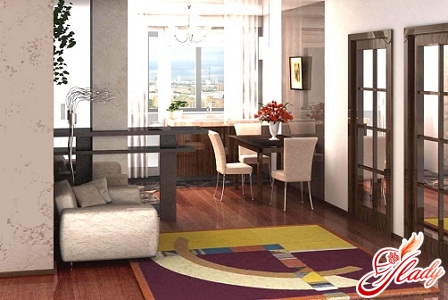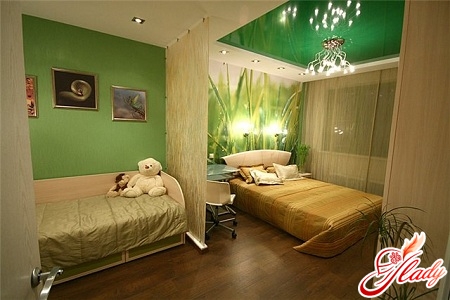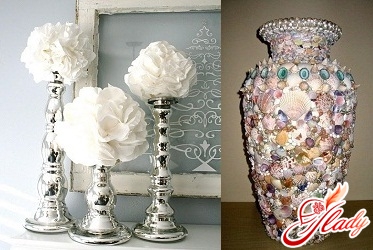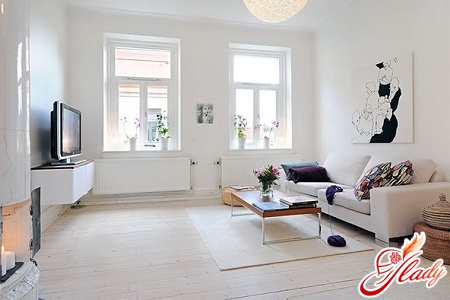 At its core, minimalism israther a way of perceiving the world and a way of life than one of many trends. The architecture of buildings in the minimalist style is distinguished by maximum functionality and laconism of expressive means. Clarity of correct lines, purity of color and a minimum of decor are the distinctive features of this style. In the interior, minimalism is currently, first of all, large, uncluttered spaces with a lot of light and air. This style will not tolerate the slightest disorder, everything must be strictly in its place. That is why minimalism in the interior is not an option for everyone, it may suit very pedantic people who will be especially comfortable and convenient in such a space. Nevertheless, recently, apartment interiors in the minimalist style have become especially popular. This trend is associated with the desire of many people, and our compatriots in particular, to free themselves from the small, cramped spaces of modern apartments, which everyone is so tired of.
At its core, minimalism israther a way of perceiving the world and a way of life than one of many trends. The architecture of buildings in the minimalist style is distinguished by maximum functionality and laconism of expressive means. Clarity of correct lines, purity of color and a minimum of decor are the distinctive features of this style. In the interior, minimalism is currently, first of all, large, uncluttered spaces with a lot of light and air. This style will not tolerate the slightest disorder, everything must be strictly in its place. That is why minimalism in the interior is not an option for everyone, it may suit very pedantic people who will be especially comfortable and convenient in such a space. Nevertheless, recently, apartment interiors in the minimalist style have become especially popular. This trend is associated with the desire of many people, and our compatriots in particular, to free themselves from the small, cramped spaces of modern apartments, which everyone is so tired of.
Basic principles of style
The interior in the style of minimalism isdesigning a space of ideal shapes and proportions, the special expressiveness of which is achieved by color contrasts, skillful use of lighting and smooth textures of a few materials. This style is characterized by monochrome in the interior, the use of a minimum number of colors, the main ones being white, gray and black - graphic shades, ideal for emphasizing the design of smooth surfaces. It is allowed to use a small number of bright and contrasting colors, which should be used in a very measured way, for example, only in a few elements of the interior - individual items, pillows or curtains. Light shades play the main role in creating an interior in the minimalist style, while dark ones only shade and highlight individual elements of the overall compositional solution, that is, they play the role of additional accents. The interior of an apartment in the minimalist style is based on a competent volumetric planning solution, the fundamental role in its formation is given to a well-thought-out and functional layout. Very often zoning is carried out through skillful manipulation of light and the correct selection of lighting fixtures. The use of various light groups helps to bring some dynamics to a strict and ascetic interior and visually expand the space. Due to the fact that with different lighting scenarios (general, local or decorative lighting of individual zones) the interior looks a little different each time, it creates a variety of options in its perception. The furniture is also minimalist, strict and devoid of any decor. Clarity of geometric shapes, smooth surfaces and maximum functional load - these are its main distinctive features. The combination of several functions is welcomed, for example, transforming tables, as well as various built-in furniture, visually freeing up space. Items that have no practical use at all are initially absent from the minimalist interior.
Minimalism and high-tech are distinctive features
Although these styles are in many waysoverlap, they also have significant differences that are quite difficult for an inexperienced person to find. First of all, these are the materials used. Minimalism is characterized by the predominance of natural materials in decoration - wood, brick, cork, while high-tech as an exclusively industrial style is characterized by the dominance of artificial materials - glass, plastic, various variations of metal alloys. The second distinctive feature of minimalism from high-tech with its numerous imitations of pipes, ventilation boxes left in sight, and lamps of unusual shapes is the rejection of any unnecessary objects and details that do not have a functional load.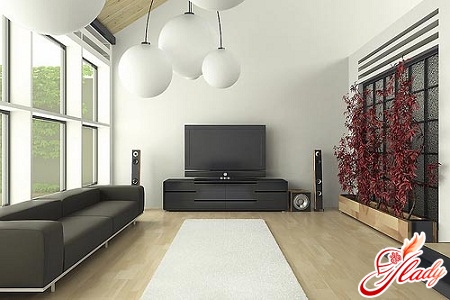
Japanese minimalism
The Japanese say: "Everything superfluous is ugly."The aesthetics of Japanese refined minimalism has its origins in their living conditions - this includes high population density, living in a limited space of islands, and frequent earthquakes. This is where their desire for compactness and mobility of housing comes from. Gravitation to nature and admiration for it is the main feature of the mentality of the inhabitants of Japan. And their interpretation of beauty follows from two main concepts: wabi ("simplicity") and sabi ("sadness", "shadow"). Space from the point of view of the law of wabi-sabi is a combination of light and shadow. Muted colors and dim light, creating an impression of the instability and temporariness of everything earthly in the room, correspond perfectly to the Buddhist idea of the endless fluidity of elusive and changing life. Japanese minimalism is based on the principles of ascetic simplicity and harmony of space, achieved by using a minimum of expressive means. The color range is also quite limited, in this direction white, black, gray, cream are most often used, which can be “diluted” with small inclusions of contrasting objects, for example, red pillows. When creating an interior in the style of Japanese minimalism, it is necessary to take into account the principles of using finishing materials in it. The use of exclusively natural materials is its important distinctive feature. Choose parquet boards or a material imitating a mat as a floor covering. It is better to make a suspended ceiling, divided into squares by wooden planks. It is better to make the walls only light and monochromatic, and bamboo, straw, jute, sisal, etc. are allowed as additional finishing materials. Zoning of the generally free space is carried out mainly due to the difference in floor level, various variations of sliding partitions and screens, with the help of which you can constantly modify the interior by simply rearranging them. Japanese minimalism in the interior cannot be imagined without laconic and harmonious furniture of simple geometric shapes. These are beds and low tables of rectangular, almost cubic outlines, built-in wardrobes and cozy sofas with necessarily light upholstery. In the window decor, curtains are absolutely excluded, as an element alien to Japanese aesthetics. In the window design, use Japanese panels, which are straight canvases of fabric or tulle, fixed on a multi-layer frame with a special bar as a weight. You can complete the interior in the style of Japanese minimalism by using all kinds of ikebana, bonsai, paintings with images of hieroglyphs and floor vases with bouquets. The space should give the impression of peace, tranquility and freedom from the bustle of the world.




